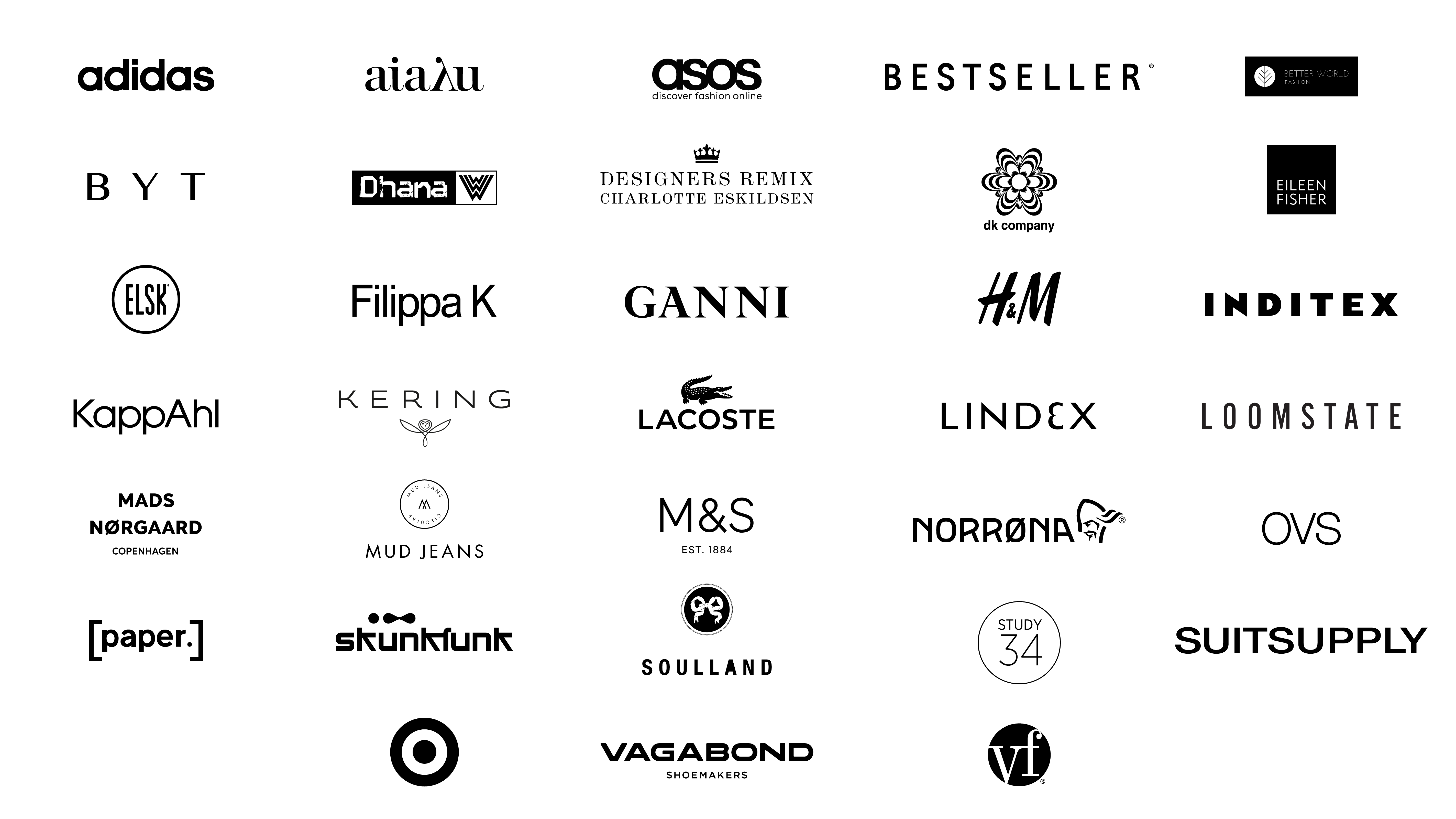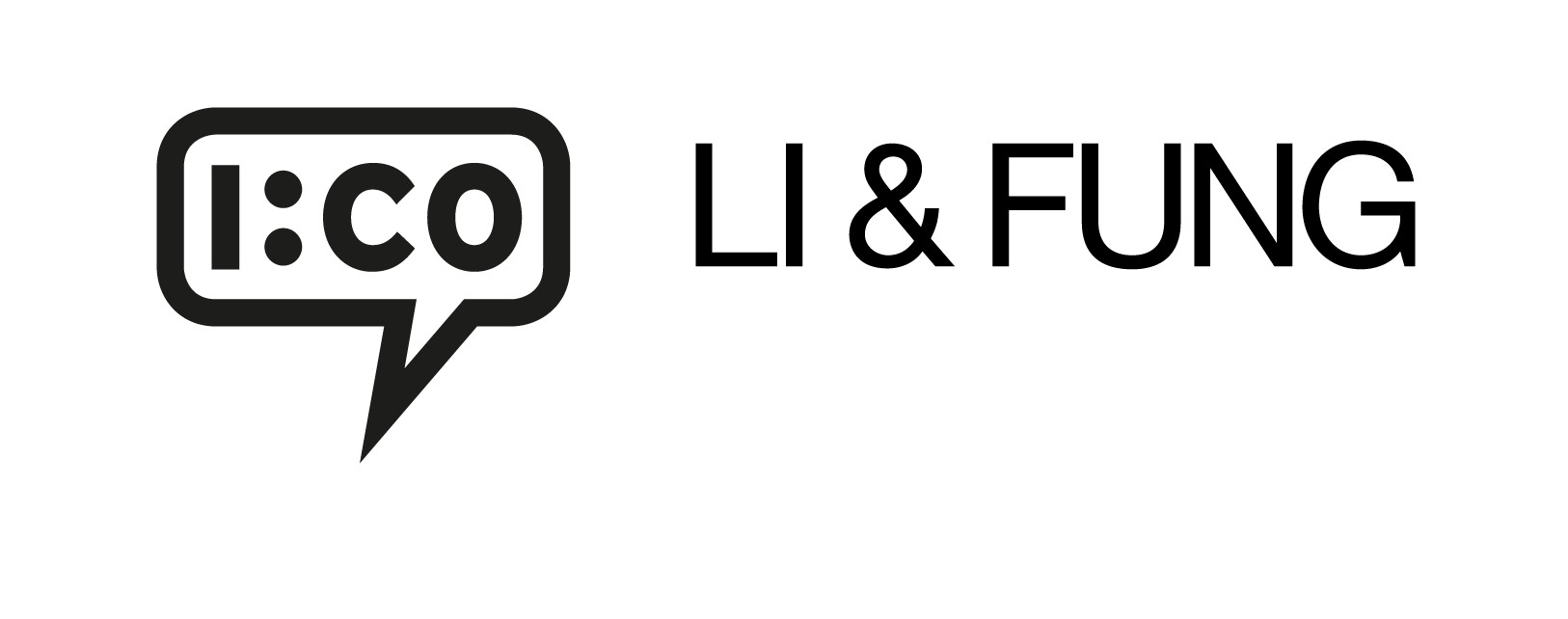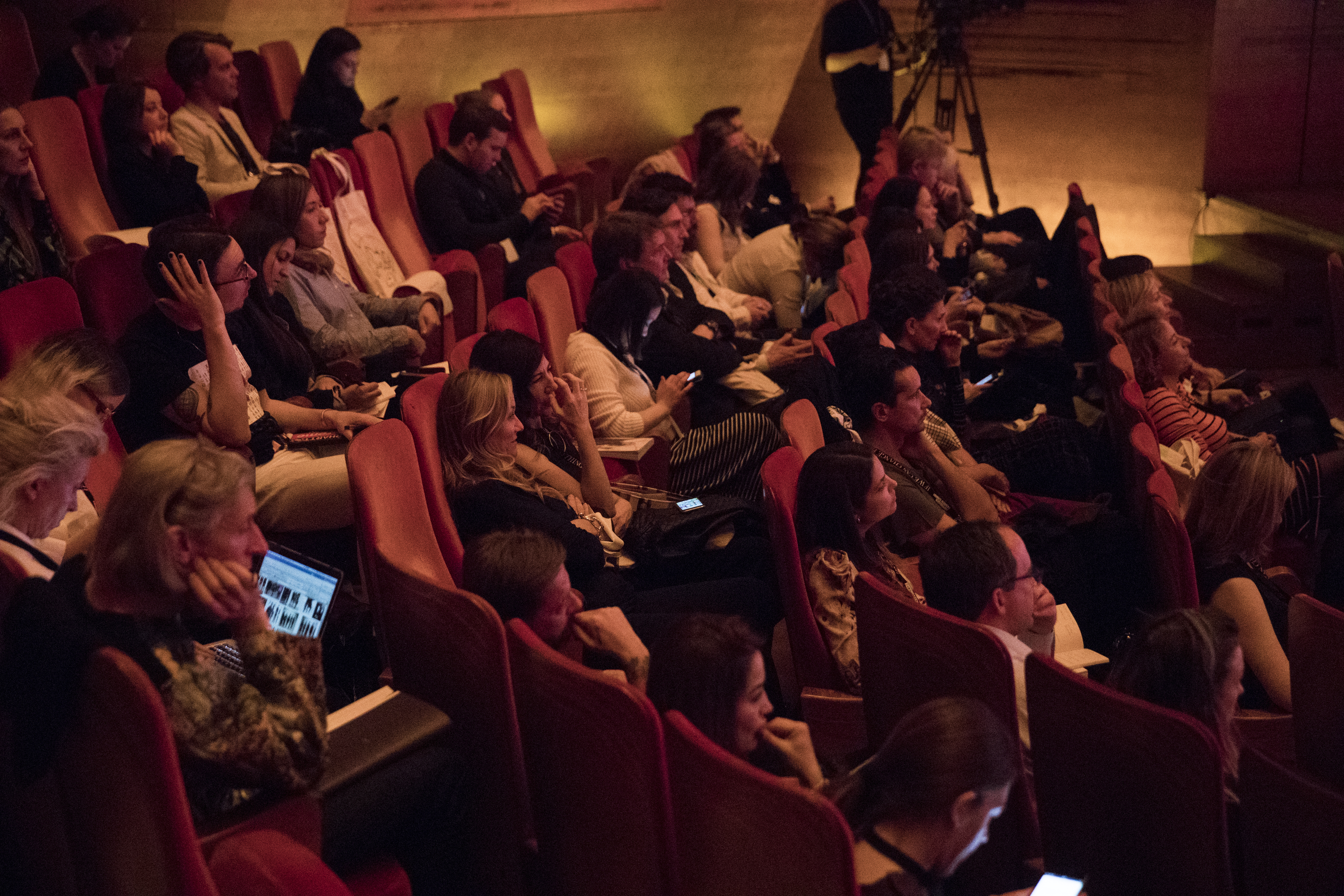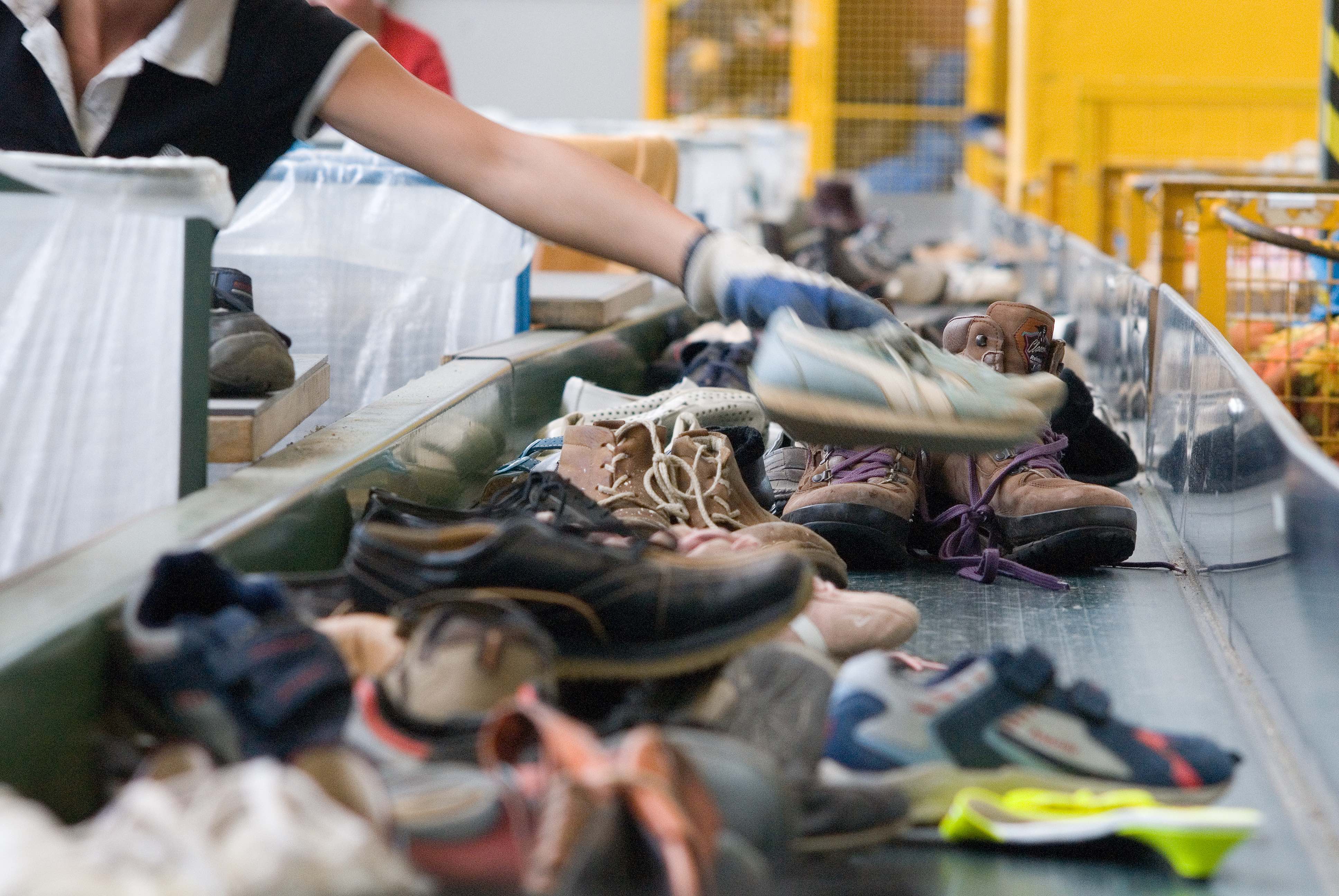WHY A CALL TO ACTION?
Global Fashion Agenda is calling on fashion brands and retailers to take action on circularity. Taking advantage of their influential role in the value chain they can take leadership in accelerating the fashion industry´s transition to a more circular system by increasing the volume of textiles collected, reused, and recycled by 2020.
The Pulse of the Fashion Industry report 2017 shows that a majority of fashion brands have not yet realised the opportunities of an increased focus on the end-of-use phase of the value chain. An accelerated effort is needed to capture important resources from being wasted and to meet future resource demands.
Today a few pioneers are leading the way but for a circular system to succeed on an industry level, collaboration and transparent action is needed. With this Call to Action Global Fashion Agenda wants to push beyond the boundaries of where we stand today and create tangible progress by 2020.
To accelerate this transition Global Fashion Agenda has identified four immediate actions points:
· Implementing design strategies for cyclability
· Increasing the volume of used garments collected
· Increasing the volume of used garments resold
· Increasing the share of garments made from recycled textile fibres
Global Fashion Agenda is taking a central role in catalysing the various stakeholders involved in making this happen and commits to over the next three years to provide the network, knowledge and advocacy to ensure that these issues get lifted, communicated and implemented in the broader industry.
The call to action consists of three key elements including a commitment letter, policy engagement and a toolbox.
WHY CIRCULARITY?
Today's linear “take, make, dispose” economic model relies on large quantities of cheap, easily accessible materials and energy. It is a model that is reaching its physical limits with the world population expected to exceed 8.5 billion people and global garment production to increase by 63% by 2030.[1]
By acting already today, the fashion industry can lead the transition to a circular system that restores and regenerates materials while offering new opportunities for innovative design, increased customer engagement and the capturing of economic value.
[1] Boston Consulting Group and Global Fashion Agenda (2017). Pulse of the Fashion Industry report.
COMMITMENT
Global Fashion Agenda is calling on fashion brands and retailers to sign a commitment to take the necessary steps to transition to a circular fashion system.
Signatories commit to define a strategy, set targets for 2020 and report on the progress of implementing the commitment.

Photo by I:CO/ SOEX
So far 35 fashion brands and retailers have signed the commitment. With a combined total revenue of €103 billion the signatories represent approximately 7% of the global fashion market.[1]
[1] Percentage of total global apparel and footwear industry value (€1.5 trillion) reference from ‘Pulse of the Fashion Industry’ by the Boston Consultancy Group and Global Fashion Agenda. For groups, total include only fashion business.
SIGNATORIES

SUPPORTERS

THREE STEPS TO COMMITTING
STEP 1: Fill out the below letter and submit before 30 June 2017.
STEP 2: Set your company´s individual targets for 2020 within six months of signing the commitment and disclose them publicly. The signatories set their own individual company targets and the advancements made by 2020 may therefore vary between companies.

POLICY ENGAGEMENT
Global Fashion Agenda will engage with policy makers to co-develop the wider framework necessary for a circular fashion system. A policy brief will serve to inform EU policy-makers about the challenges and opportunities for fashion brands in transitioning to a circular fashion system and recommend specific actions from regulators and authorities.
If you are interested in our policy engagement work please contact [email protected].
TOOLBOX
Global Fashion Agenda will create a toolbox with expert advice and case studies from key fashion brands, charities, collectors, recyclers, researchers and policymakers to support brands in implementing the commitment.
The toolbox is created in partnership with I:CO, a global solutions provider for the collection, re-use and recycling of used clothing and shoes.
It will include an overview of how to collect, reuse, recycle and design for cyclability based on where we stand today. It will also include a more deep-dive guide on the why, what and how of garment collection and recommend ways to execute and implement to achieve the highest impact possible.
The toolbox will be available to commitment signatories in June 2017.

Photo by I:CO/ SOEX

Our company recognises the leading role fashion brands have in creating a circular system for fashion. By signing this commitment we unite with other industry stakeholders around a shared vision for a fashion industry where garments and footwear are designed, collected, reused and recycled for their maximised use.
We commit to actively work on implementing or further developing one or more of the four action points identified in the commitment scope over the next three years. In addition, we commit to setting public targets for 2020 within six months of signing this commitment and to being transparent about our progress of implementing these targets.
ACTION POINT 1: IMPLEMENTING DESIGN STRATEGY FOR CYCLABILITY
Brand or retailer has a design strategy for cyclability by 2020, enabling re-use, upcycling and recycling. This includes one or more of the following:
· Products are designed to promote and prioritise materials that are compatible with existing material recycling streams
· Products are designed so that material types can be separated for recycling
· Products are designed for functional durability and ease of repair
ACTION POINT 2: INCREASING VOLUME OF USED GARMENTS COLLECTED
Brand or retailer has programme in place for the collection and processing of used garments by 2020. This includes one or more of the following:
· An in-store/e-tail garment collection scheme together with a recognised, credible, and licensed charity and/or re-use/recycling company
· Participating in an industry-wide or a multi-stakeholder programme for the collection and processing of used garments
ACTION POINT 3: INCREASING RESALE OF USED GARMENTS
Brand or retailer sells or exchanges used garments in second-hand marketplaces by 2020. This includes one or more of the following:
· Resale in own retail spaces
· Collaboration with online second-hand market places
· Collaboration with charities or textile recyclers
ACTION POINT 4: INCREASING USE OF RECYCLED TEXTILE FIBRES
Brand or retailer uses recycled textile fibres in collection range by 2020. This includes one or more of the following:
· Support development of technologies that enable material recycling
· Include textile to textile recycled fibres in collection range
If you should have any questions or would like to share updates about your progress beforehand please contact [email protected].


